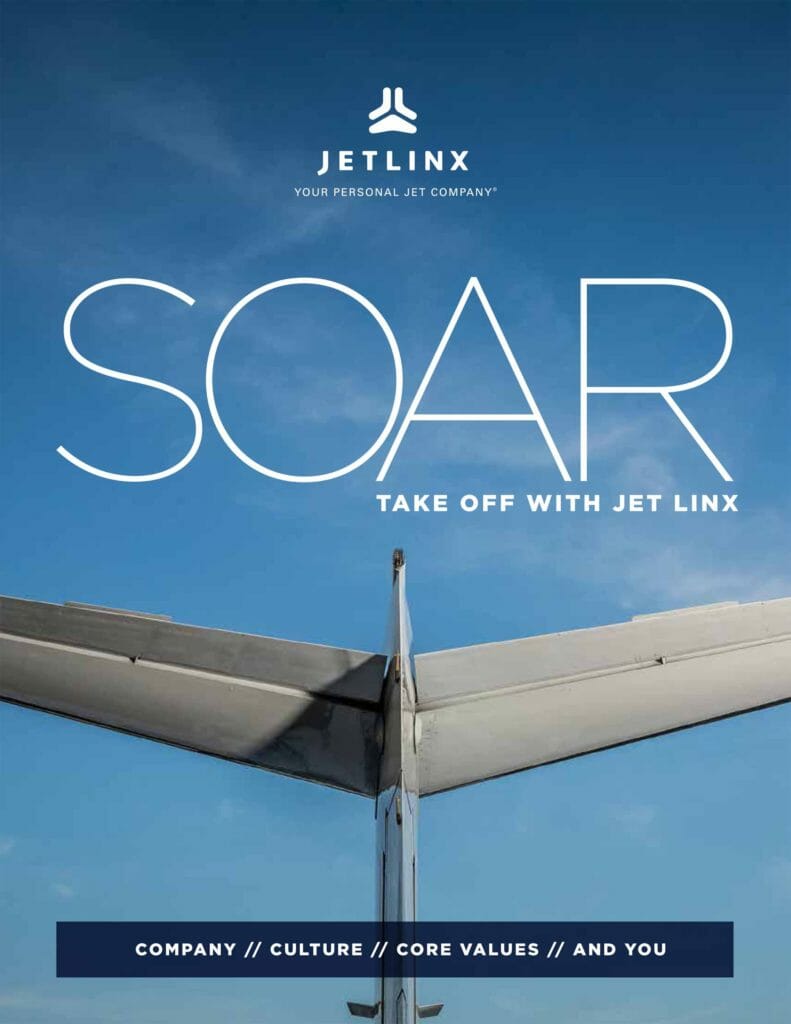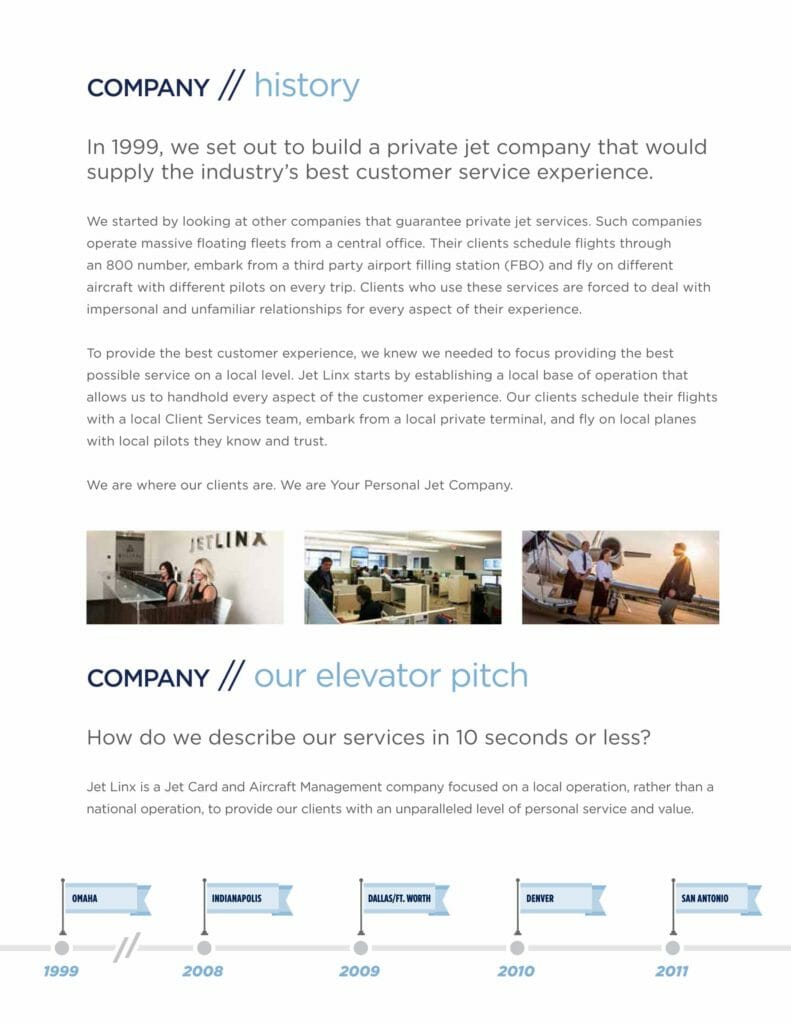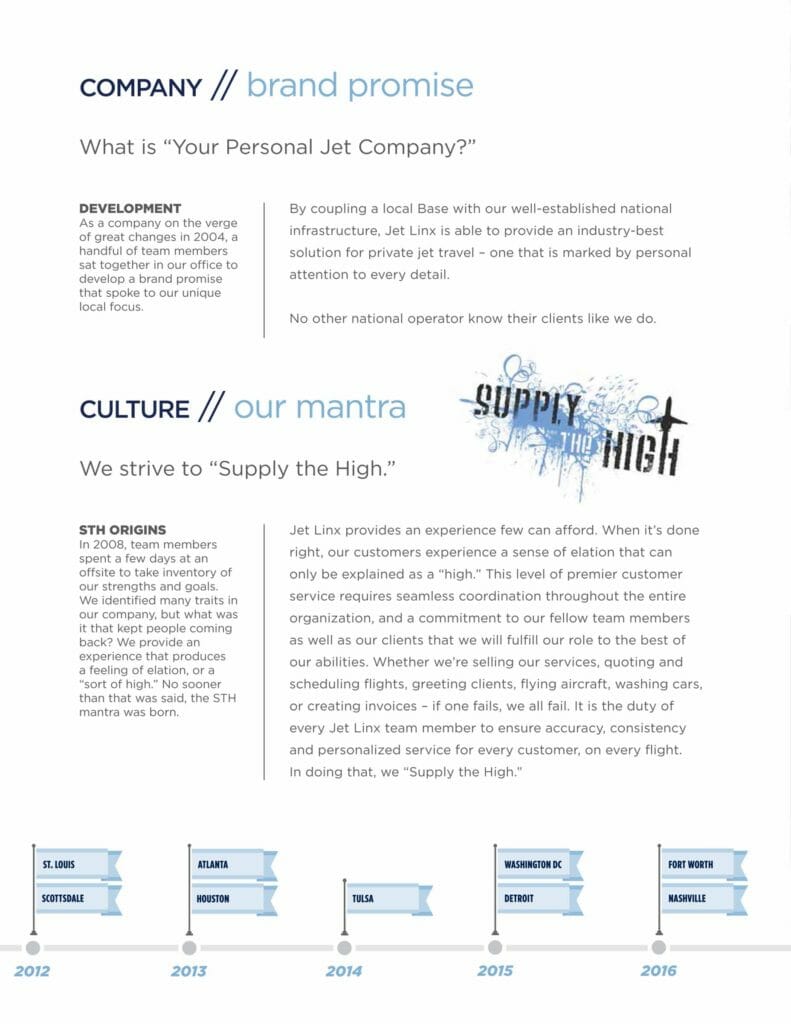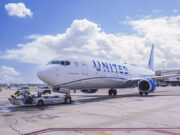


![]()
![]()


Interview with Nicole Woxland, Recruiter and Kim Hurst, Director of Human Resources, JET LINX
Pre Interview:
Craig: How do you select applicants to be brought in for an interview?
JET LINX: Applicants must meet minimum requirements set in our GOM. After conducting a formal phone interview, it is determined whether or not we would proceed with the next steps. We look for not only a technical fit, but a culture fit with our core values and high level service expectation.
C: What can an applicant do to increase their chances of being called for an interview?
J: An applicant would need to ensure their resume is updated with currency concerning flight time and their most recent training experience. We look for flexibility with relocation if necessary.
C: How critical is it to attend a job fair to get an interview?
J: This is not critical to our process at all. We love meeting in person at career fairs, however the interview potential is there no matter how you apply.
C: What is the best way to prepare for an interview with your company?
J: A great candidate should ensure all training documentation is available (flight time, licensing, physical, references), and research our company and its culture online at jetlinx.com. Be prepared with questions to ask our team and explain any gaps in employment.
Interview:
C: Do you recommend that applicants get to your headquarters city the day before and get a hotel room for the night?
J: Jet Linx will provide transportation and accommodations when needed.
C: Can you walk me through a typical day of interviews?
J: Our interview process is typically three-fold. We start the process with our recruiting team and review the job qualifications, location specifics and any other information about the position. We discuss the company background as well as ask questions around our core values and service culture. Then we have Base Chief Pilot or System Chief Pilot interview from a technical standpoint. If there is a good fit from there, we schedule a base/local interview with the leadership and/or the aircraft owner.
C: What kind of questions can an applicant expect to be asked?
J: We like to hear how our candidates have handled things in situations in the past and look for them to pull from real-world examples, as opposed to what they “would do” in a situation, we like for them to “tell me about a time when…?”
C: Can you give me some examples of the TMAAT questions that you like to ask?
J: TMAAT where you experienced conflict in the cockpit with a co-pilot?
TMAAT where you exceeded expectations that would contribute to the JLA culture?
C: What are some of the biggest mistakes that applicants make during the interview process?
J: Not prepared to make a career changing decision. Late arrival. Dressed inappropriately. Conducted themselves in an unprofessional manner.
Written test:
C: Is there a written or computer test?
J: Not during the interview process.
C: Is there a personality test?
J: Yes, prior to applicant being offered an in-person interview the applicant will complete a Predictive Index survey, which gives us an indication of communication and behavior preferences.
C: What recommendations do you have for applicants to prepare themselves for the personality test?
J: Be yourself and just be honest!
C: What results are you looking for in order for an applicant to pass the personality test?
J: Similarities to characteristics or traits that we have seen in employees that have been successful in the position.
Simulator Evaluation:
C: Do you have a simulator ride?
J: If applicable – we have access to the University of Nebraska at Omaha School of Aviation Simulator as well as Flight Safety International.
C: What type of aircraft is used for the simulator evaluation?
J: It depends on the situation and where we will go for evaluation – UNO or FSI.
C: What types of scenarios should an applicant expect in the simulator evaluation?
J: If they do not meet minimal qualifications or have not flown for a longer duration of time.
C: What are you looking for in the simulator evaluation?
J: Basic knowledge and skills, how they would react and how to handle different situations.
Post Interview:
C: Do you tell applicants they are hired in person that day?
J: Potentially if all requirements and references align, and the team feels it is a good culture fit.
C: If not, how long do applicants have to wait to know if they are hired?
J: Typically 48 hours at the most or if owner interviews are required – dependent on that being successful.
C: How soon can an applicant expect a class date after being hired?
J: Ideally within the same month. We attempt to put new hires in a training class as soon as possible.
General:
C: How many pilots does your airline expect to hire this year?
J: 120
C: Do you offer an ATP-CQP class for pilots if needed?
J: We have ATP certification available for our candidates through Flight Safety International and will pay for the course, with a training agreement for 12 months.
C: Do you have a hiring bonus? Is there any specific criterion to qualify for the bonus?
J: Yes! – We have a hiring incentive for our BE-400 qualified captains.
C: Does Jet Linx have a pilot referral program?
J: Yes, there is a $1,000 pay out to employees who refer another applicant. There are additional bonuses for certain aircraft types.
C: Can you describe the career progression that Jet Linx has?
J: Jet Linx strives to upgrade our internal team members prior to looking for outside talent. Any pilot who joins our team can feel confident that we will look to advance their career opportunities before entertaining outside applicants. Our goal is for our team members to have a long-term career with Jet Linx!

Fast Facts:
Headquarters: Omaha, NE
Year Founded: 1999
Number of employees: 415
Number of Aircraft: 82
Number of Pilots: 315
Number of Bases: 14
Bases: Atlanta, Dallas, Denver, Detroit, Fort Worth, Houston, Indianapolis, Nashville, Omaha, San Antonio,
Scottsdale, St. Louis, Tulsa, Washington DC
Number of Cities served: 5,000 airports across the US, with primary service area including Canada, Mexico and the Caribbean.
Plus, International Service Area: Europe, Middle East, Africa, Asia, South America, Central America
Key Benefits: Home-based operation, strong core values, now the 3rd largest part 135 operator in the country
Website www.jetlinx.com
Facebook – www.facebook.com/JetLinx
LinkedIn – www.linkedin.com/company/559358




















































